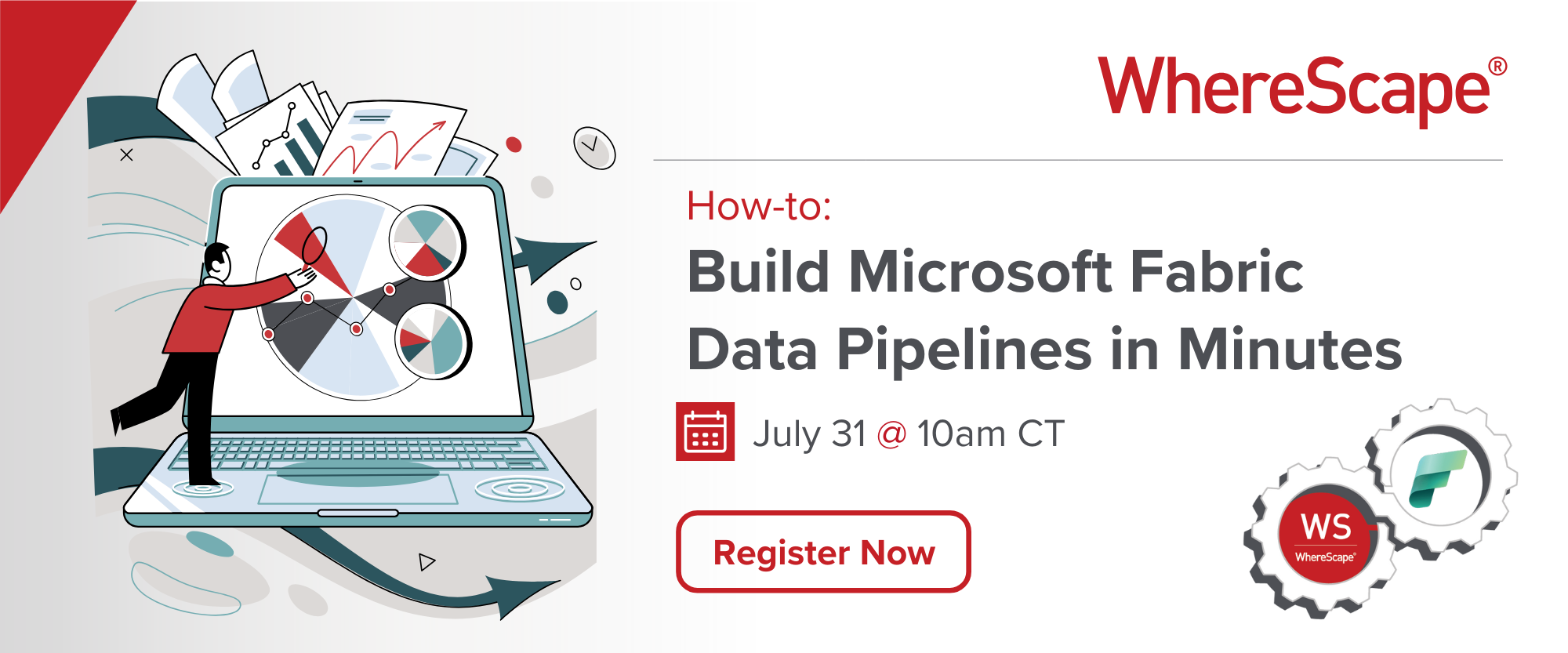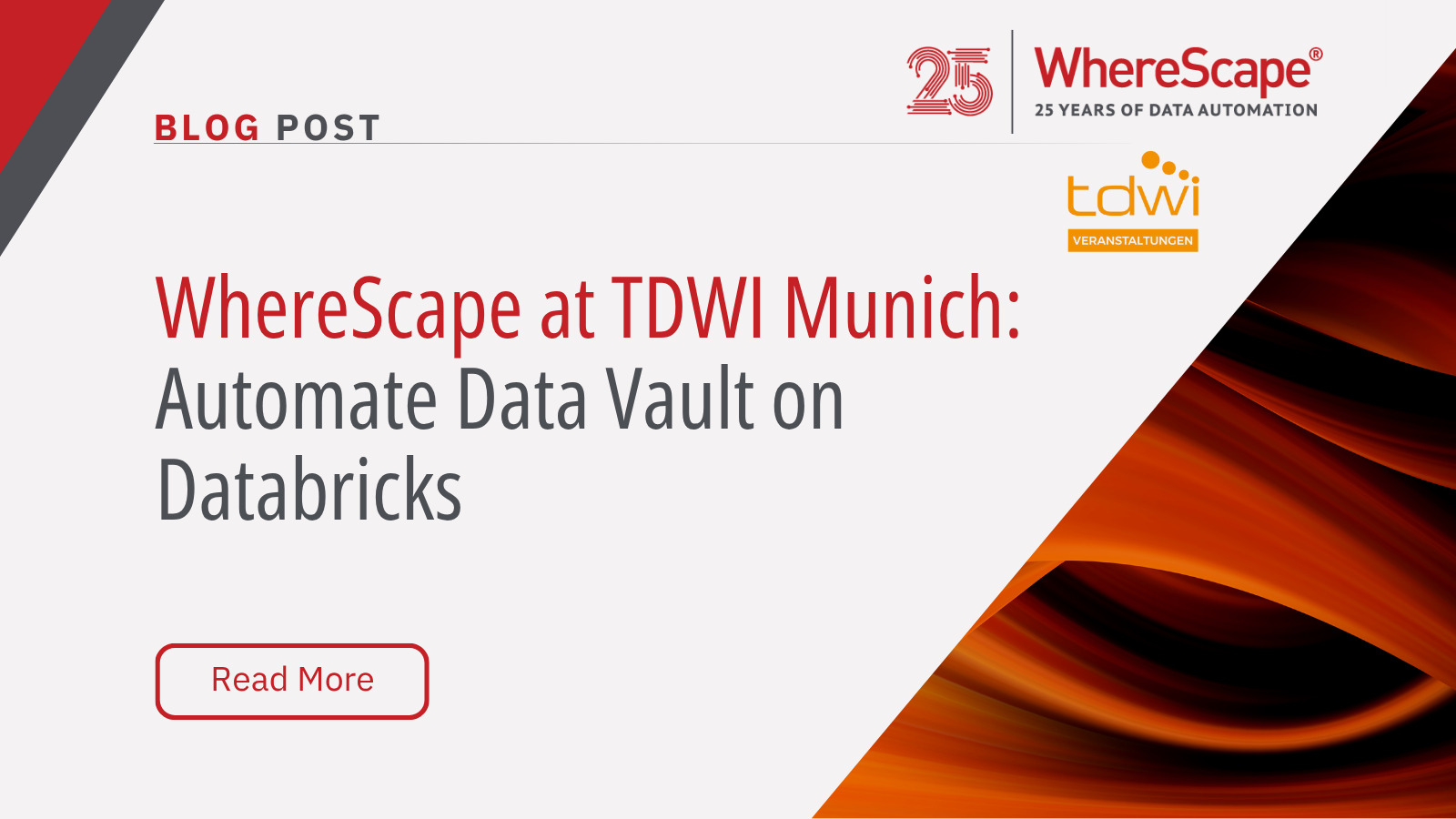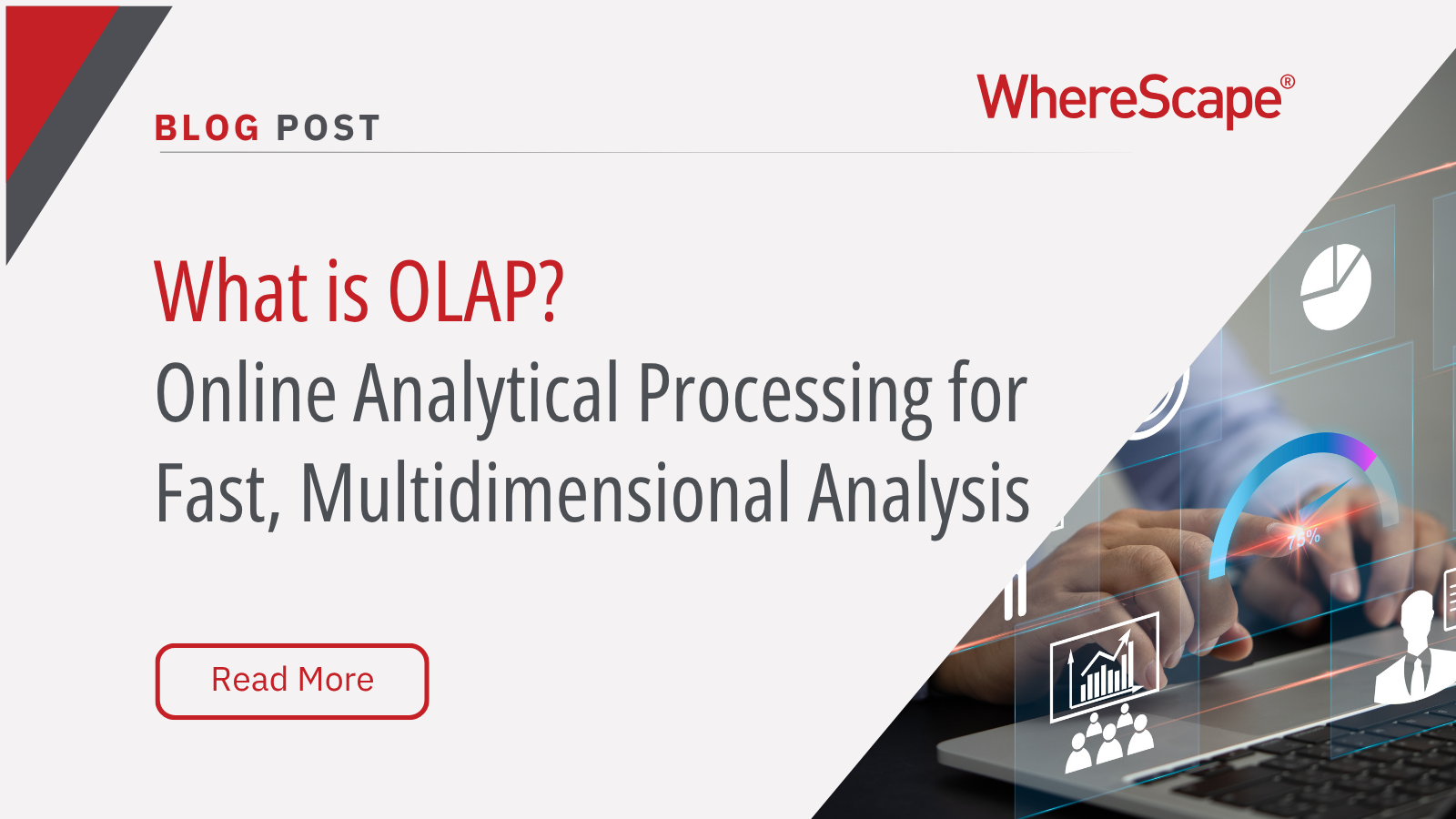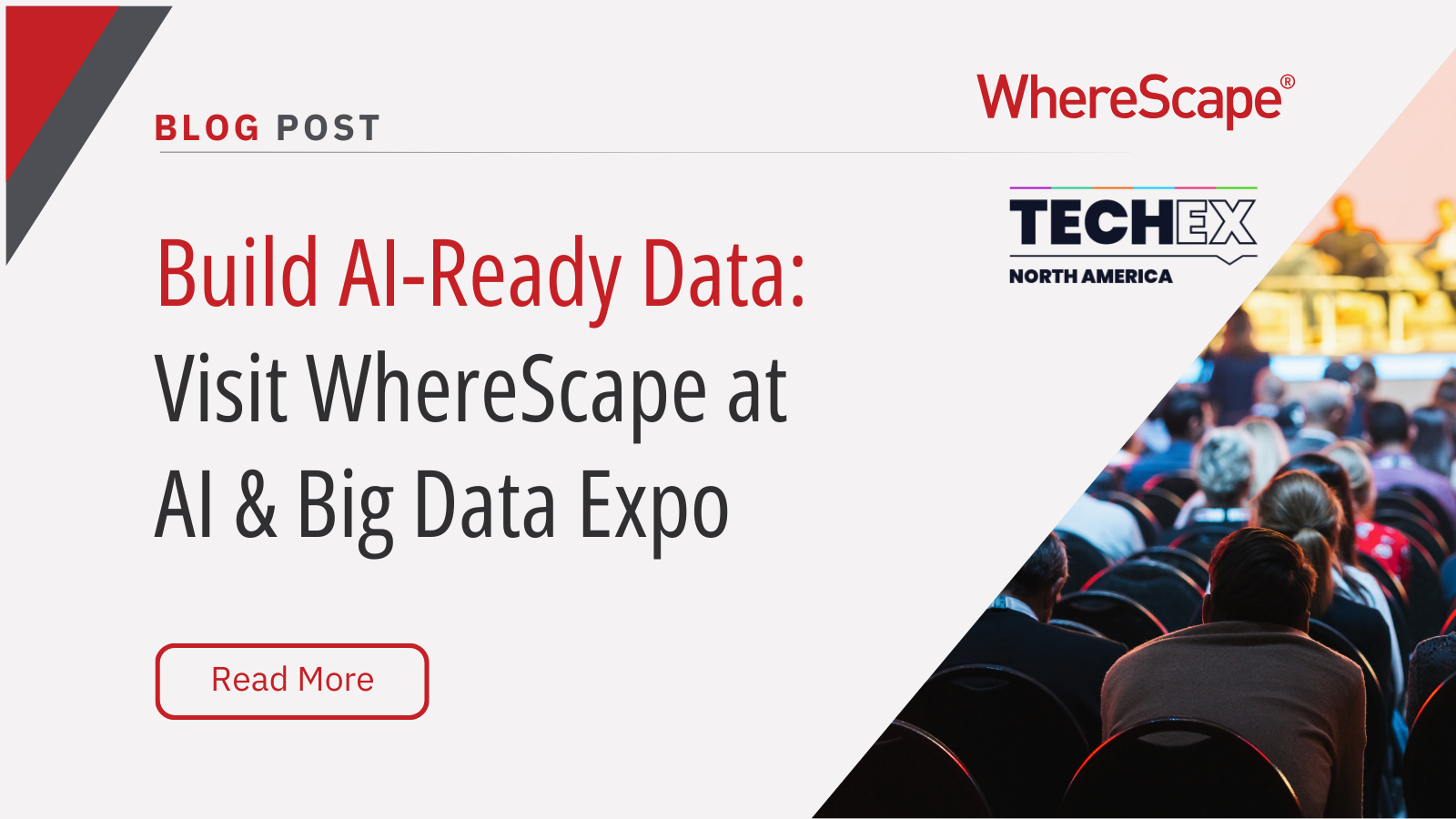Join our fast-and-friendly virtual tour to...
What is a Data Warehouse?
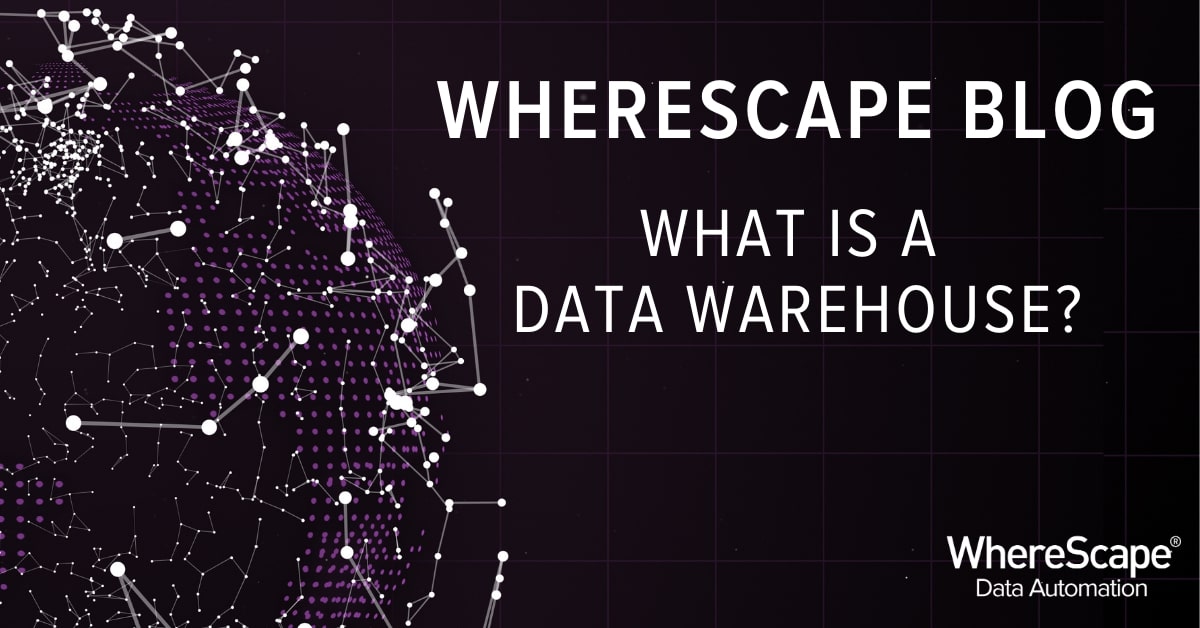
A data warehouse is an organized and centralized structure built based on your organization’s needs. It stores current and historical data in one single place, that are used for business intelligence and data analysis reporting. Data warehouses are vital to showcase the importance of data throughout the organization.
Data Warehouse History
Data warehousing dates back to the 1980s, when Barry Devlin and Paul Murphy developed the “business data warehouse”. While at IBM, Devlin and Murphy’s data warehouse concept was to address the various problems associated with the flow of data from operational systems to decision support environments.
The ideas that contributed to data warehouses began as early as the 1960s. It began with General Mills and Dartmouth College. They developed the terms “dimensions” and “facts” through a joint research project. Then, in the 70s, Bill Inmon began to define the term Data Warehouse.
Fast forward to the modern day. There are many different methodologies when it comes to Data Warehousing. Including Data Vault 2.0 from Dan Linstedt. Data warehouses can now be hosted on-premises, in the cloud, or in a hybrid structure across the two. There are so many different approaches an organization can take when developing a Data Warehouse.
Do You Need a Data Warehouse?
Most organizations dealing with numerous sources of data need a data warehouse. It can provide a single point where organizations can make informed decisions. This is due to the data warehouse offering a consistent format of the data. The data can come from numerous sources and the data warehouse will be able to evolve into a single source of truth for the organization.
Data warehouses are becoming more vital for businesses wanting to make confident decisions. Their BI analysis teams rely on the data warehouse to provide valuable information to present to the decision-makers. Now, those business decision-makers want data analysis faster.
Data Warehouse Automation
Data Warehouse Automation automates the development and production of your organization’s data warehouse. Organizations have seen projects estimated to take years reduced to months and sometimes weeks. WhereScape provides Data Warehouse Automation software to achieve these goals.
WhereScape
WhereScape can automate the development and maintenance of your data warehouse. Through two products, WhereScape RED and WhereScape 3D, your organization can achieve its data warehouse goals in a fraction of the time as opposed to developing manually.
WhereScape RED automates your data warehouse through metadata. This allows RED to easily make changes to your data infrastructure in response to business needs. WhereScape 3D can plan, model, design, and prototype your data infrastructure projects while reducing risk and costs. 3D can model your ideal data warehouse and provide visualization to all stakeholders to alleviate the back and forth if business goals change.
Both tools work together to provide a streamlined experience of developing and maintaining a Data Warehouse. Also, all changes are documented automatically which gives the business leadership peace of mind. The documentation is easily searchable and can provide easy guidance.
If you would like to see WhereScape in action, please request a demo.
WhereScape at TDWI Munich: Automate Data Vault on Databricks
WhereScape at TDWI Munich 2025: Automate a Full Data Vault on Databricks in Just 45 Minutes June 24–26, 2025 | MOC Munich, Germany As data complexity grows and business demands accelerate, scalable and governed data architectures are no longer optional—they're...
What Is OLAP? Online Analytical Processing for Fast, Multidimensional Analysis
Streamline your data analysis process with OLAP for better business intelligence. Explore the advantages of Online Analytical Processing (OLAP) now! Do you find it challenging to analyze large volumes of data swiftly? A Forrester study reveals that data teams spend...
Build AI-Ready Data: Visit WhereScape at AI & Big Data Expo
June 4–5, 2025 | Booth 202 | Santa Clara Convention Center As organizations scale their artificial intelligence and analytics capabilities, the demand for timely, accurate, governed, and AI-ready data has become a strategic priority. According to Gartner, through...
Automating Star Schemas in Microsoft Fabric: A Webinar Recap
From Data Discovery to Deployment—All in One Workflow According to Gartner, data professionals dedicate more than half of their time, 56%, to operational tasks, leaving only 22% for strategic work that drives innovation. This imbalance is especially apparent when...
What is a Data Model? How Structured Data Drives AI Success
What is a data model? According to the 2020 State of Data Science report by Anaconda, data scientists spend about 45% of their time on data preparation tasks, including cleaning and loading data. Without well-structured data, even the most advanced AI systems can...
ETL vs ELT: What are the Differences?
In working with hundreds of data teams through WhereScape’s automation platform, we’ve seen this debate evolve as businesses modernize their infrastructure. Each method, ETL vs ELT, offers a unique pathway for transferring raw data into a warehouse, where it can be...
Dimensional Modeling for Machine Learning
Kimball’s dimensional modeling continues to play a critical role in machine learning and data science outcomes, as outlined in the Kimball Group’s 10 Essential Rules of Dimensional Modeling, a framework still widely applied in modern data workflows. In a recent...
Automating Data Vault in Databricks | WhereScape Recap
Automating Data Vault in Databricks can reduce time-to-value by up to 70%—and that’s why we hosted a recent WhereScape webinar to show exactly how. At WhereScape, modern data teams shouldn't have to choose between agility and governance. That's why we hosted a live...
WhereScape Recap: Highlights From Big Data & AI World London 2025
Big Data & AI World London 2025 brought together thousands of data and AI professionals at ExCeL London—and WhereScape was right in the middle of the action. With automation taking center stage across the industry, it was no surprise that our booth and sessions...
Why WhereScape is the Leading Solution for Healthcare Data Automation
Optimizing Healthcare Data Management with Automation Healthcare organizations manage vast amounts of medical data across EHR systems, billing platforms, clinical research, and operational analytics. However, healthcare data integration remains a challenge due to...
Related Content
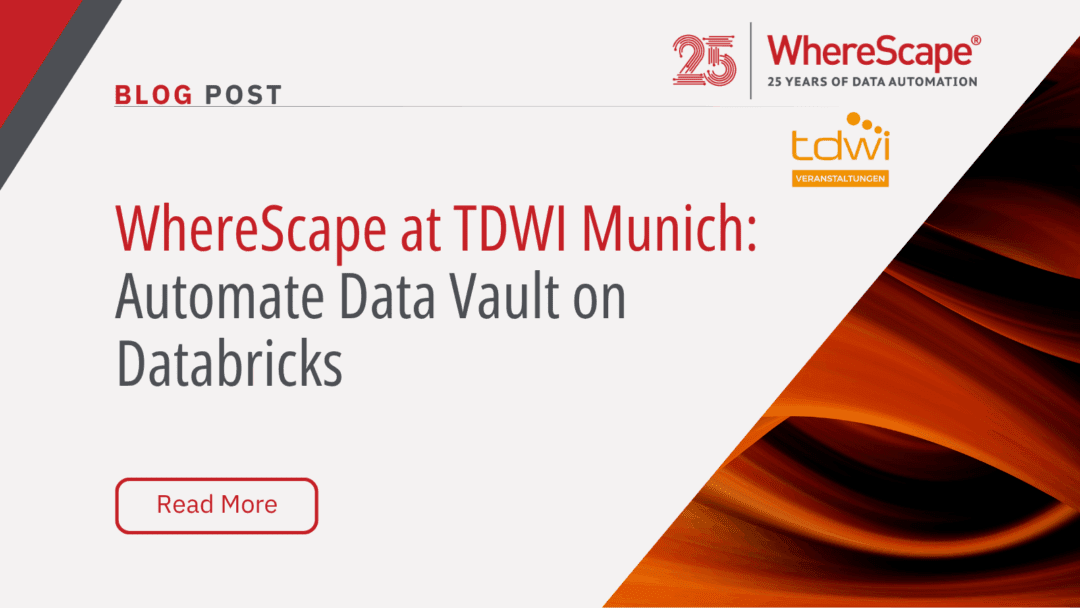
WhereScape at TDWI Munich: Automate Data Vault on Databricks
WhereScape at TDWI Munich 2025: Automate a Full Data Vault on Databricks in Just 45 Minutes June 24–26, 2025 | MOC Munich, Germany As data complexity grows and business demands accelerate, scalable and governed data architectures are no longer optional—they're...
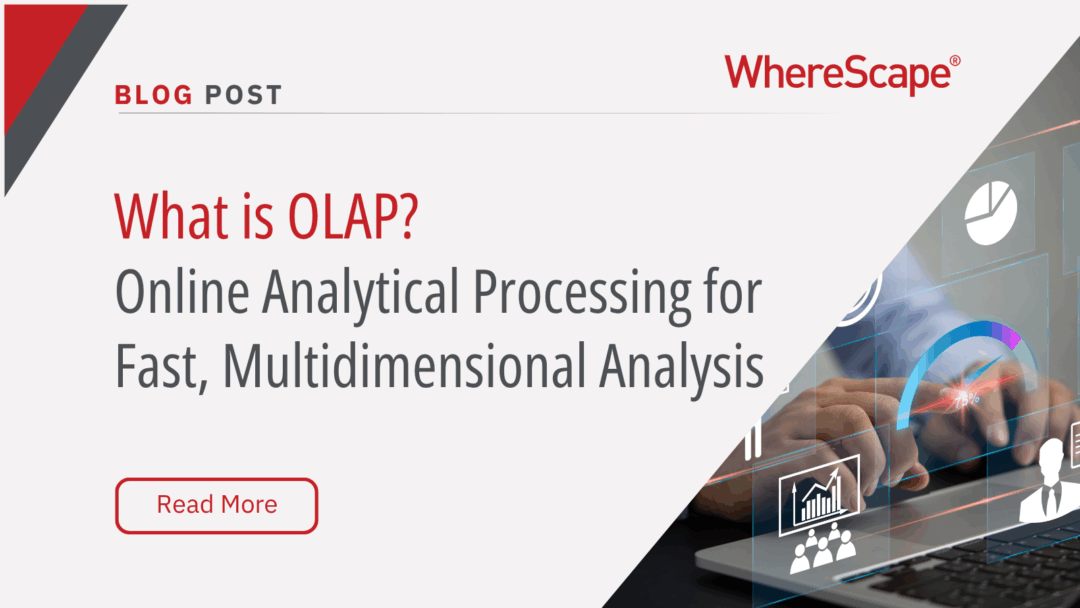
What Is OLAP? Online Analytical Processing for Fast, Multidimensional Analysis
Streamline your data analysis process with OLAP for better business intelligence. Explore the advantages of Online Analytical Processing (OLAP) now! Do you find it challenging to analyze large volumes of data swiftly? A Forrester study reveals that data teams spend...
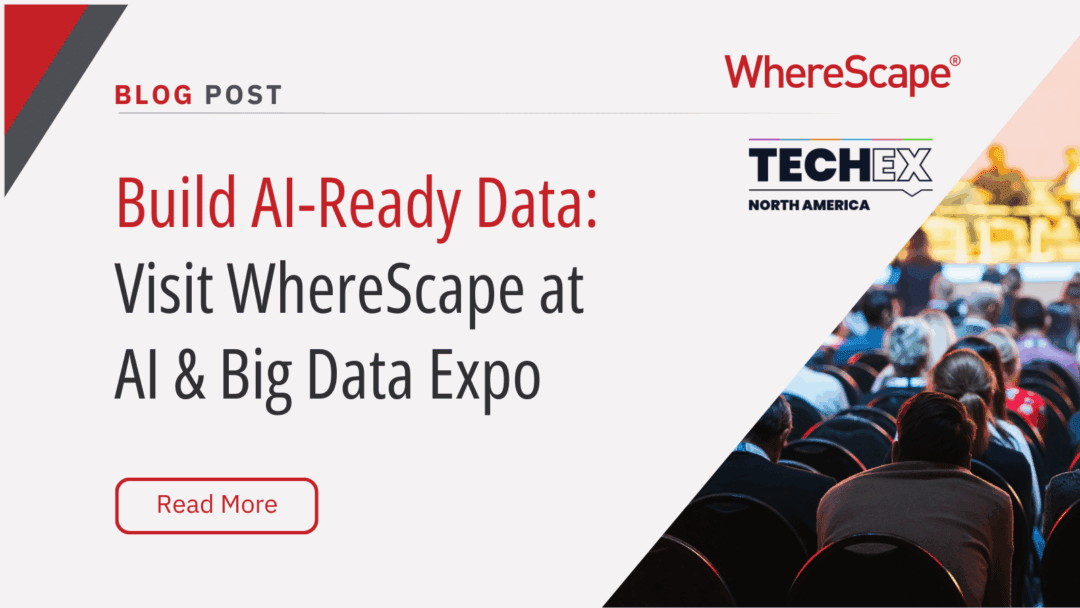
Build AI-Ready Data: Visit WhereScape at AI & Big Data Expo
June 4–5, 2025 | Booth 202 | Santa Clara Convention Center As organizations scale their artificial intelligence and analytics capabilities, the demand for timely, accurate, governed, and AI-ready data has become a strategic priority. According to Gartner, through...

Automating Star Schemas in Microsoft Fabric: A Webinar Recap
From Data Discovery to Deployment—All in One Workflow According to Gartner, data professionals dedicate more than half of their time, 56%, to operational tasks, leaving only 22% for strategic work that drives innovation. This imbalance is especially apparent when...

